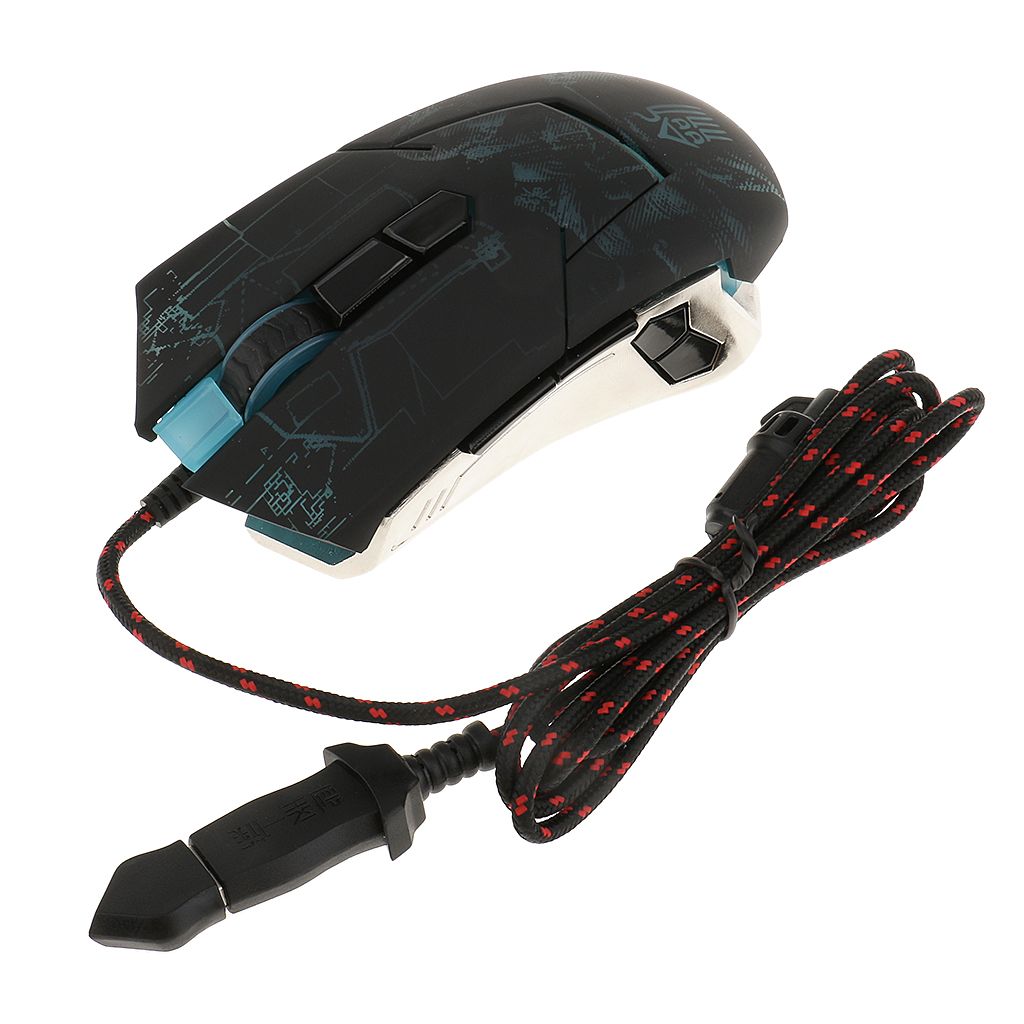
Notebook Ergonomics: Avoiding Strain and Injury
The Importance of Ergonomics in Notebook Usage
Notebooks have become an indispensable tool in our digital age, allowing us to work, study, and stay connected on the go. However, improper usage of notebooks can lead to discomfort, strain, and even long-term injuries. In this article, we will explore the importance of ergonomics when using a notebook and provide valuable tips to avoid strain and injury.
Understanding the Risks
Extended use of notebooks without considering ergonomics can result in various health issues. Poor posture and repetitive stress can lead to strained muscles, back pain, neck pain, and even carpal tunnel syndrome. These problems can significantly affect your productivity and quality of life.
Optimizing Your Workstation
Creating an ergonomically friendly workstation is crucial to avoiding strain and injury while using a notebook. Here are some tips to optimize your setup:
1. Invest in a Good Chair
A chair with proper lumbar support and adjustable features like height and armrests can make a significant difference in your posture during extended notebook use. Adjust the chair’s height so that your feet rest comfortably on the floor, maintaining a 90-degree angle at the knees.
2. Position Your Notebook Correctly
Ensure that your notebook screen is at eye level to avoid hunching forward or straining your neck. Use a laptop stand or adjust the screen’s height by propping it up with books or a monitor riser. Additionally, tilt the screen slightly to reduce glare and prevent eye strain.
3. Use an External Keyboard and Mouse
Typing on a notebook keyboard for extended periods can lead to discomfort and strain. Using an external keyboard and mouse not only promotes better ergonomics but also allows you to position them at comfortable distances and angles, reducing the risk of repetitive strain injuries.
4. Maintain Good Posture
Sit straight with your back against the chair’s backrest, and avoid slouching or leaning forward. Keep your shoulders relaxed and your forearms parallel to the floor while typing. Taking short breaks every half-hour or so to stretch and change positions can also prevent muscle fatigue.
Work Habits for Better Ergonomics
In addition to optimizing your workstation, adopting healthy work habits can further enhance your notebook ergonomics. Here are some practices to consider:
1. Take Regular Breaks
Avoid staying in one position for too long. Take short breaks every 30 minutes to stretch, walk around, and give your body a chance to rest. This will help relieve muscle tension and reduce the risk of repetitive strain injuries.
2. Practice Eye Care
Staring at a notebook screen for extended periods can strain your eyes. Remember to blink frequently and focus on distant objects periodically to give your eyes a break. Additionally, consider using software that adjusts screen brightness and reduces blue light emissions to minimize eye fatigue.
3. Exercise and Stretch Regularly
Incorporate exercises and stretches that target the muscles most affected by prolonged notebook use. Shoulder rolls, neck stretches, and wrist exercises can help alleviate tension and prevent muscle tightness.
Conclusion
Ensuring proper ergonomics when using a notebook is essential for maintaining good health and preventing strain and injury. By optimizing your workstation setup and adopting healthy work habits, you can significantly reduce the risk of musculoskeletal problems and enjoy a more productive computing experience. Remember, investing in your ergonomic well-being is investing in your long-term productivity and overall well-being.

